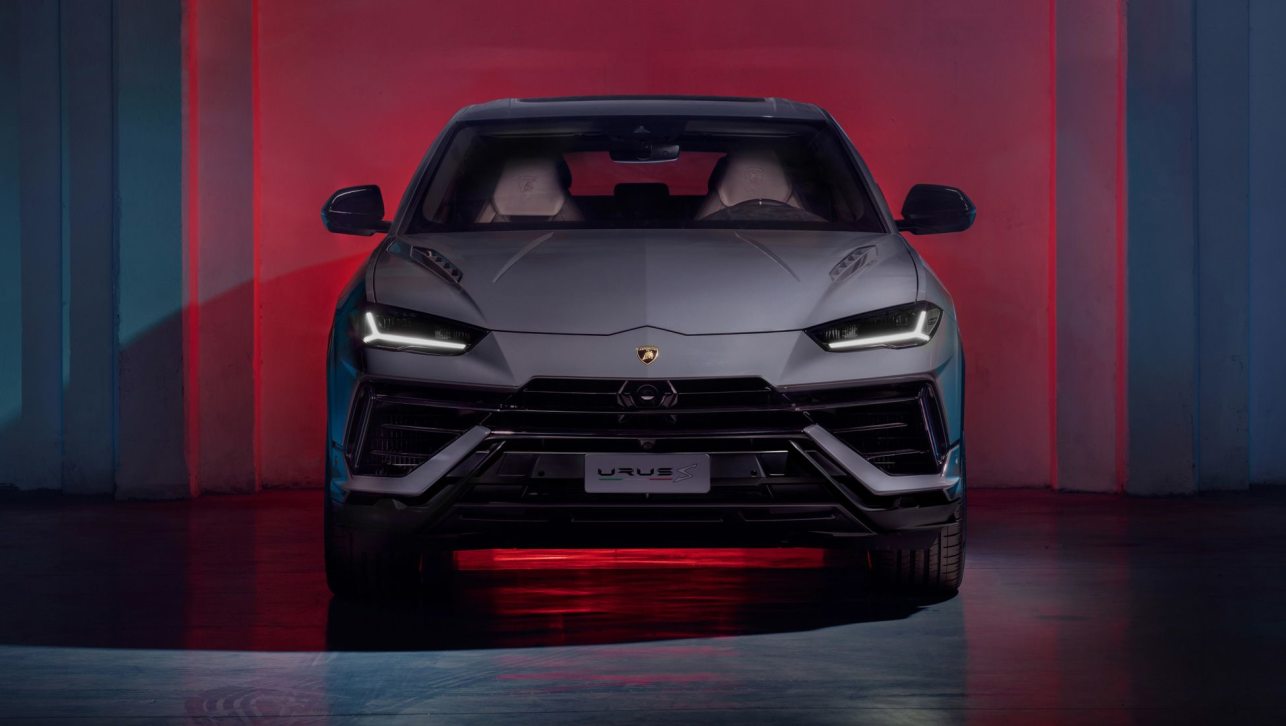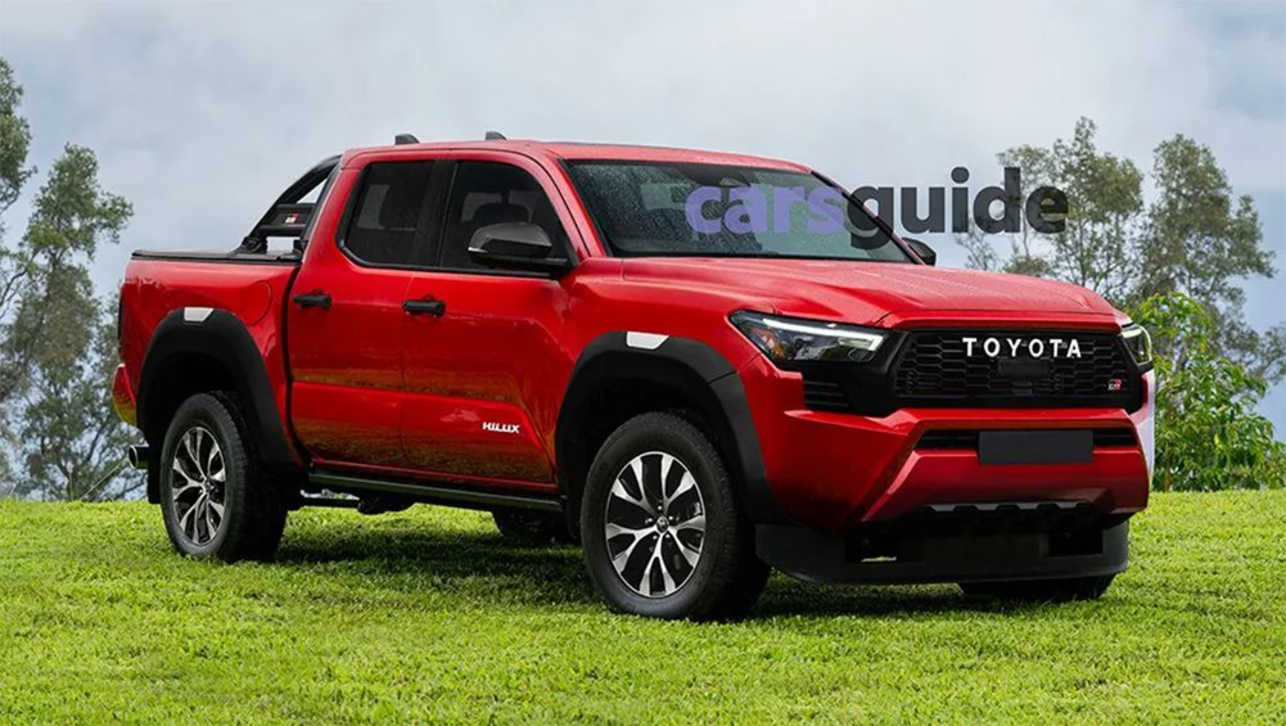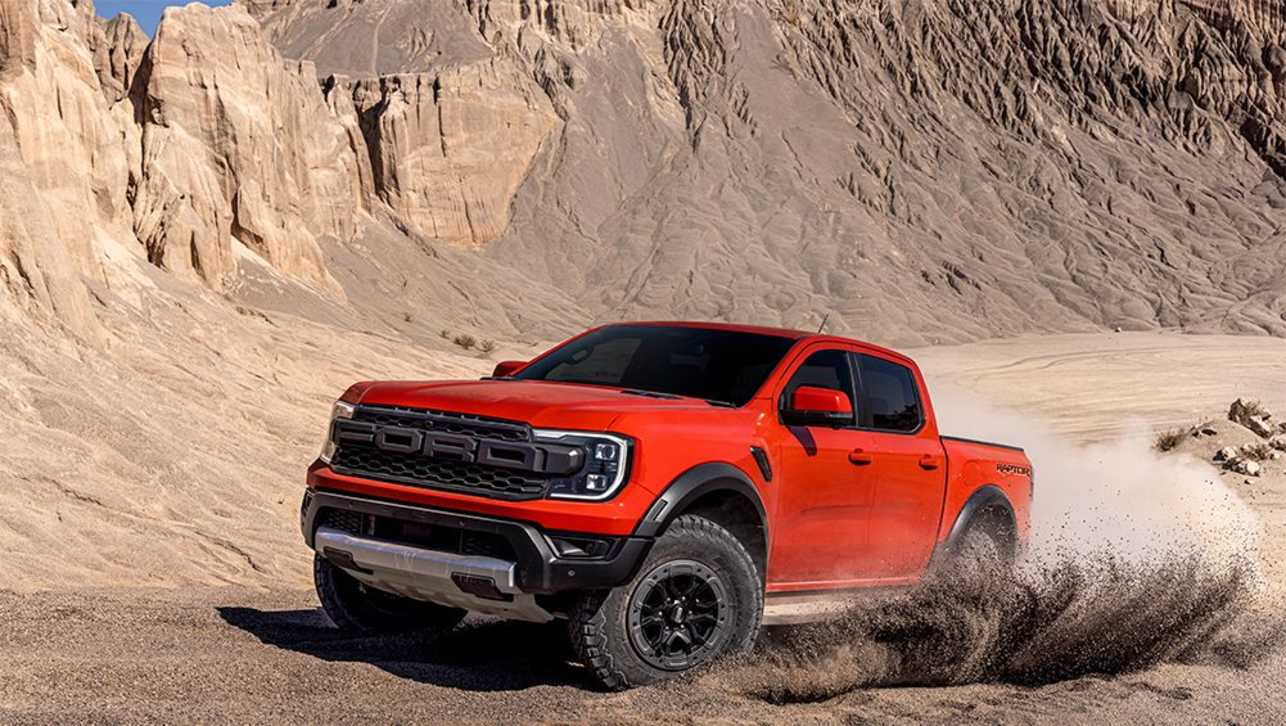In 2007 a similar car fetched an incredible $683,000, but some say we will never see crazy prices like that again.
The figure is in stark contrast to the original $5302 asking price a new Phase III would have cost you in 1971.
With a 351cu inch (5.7-litre) V8, the famed GTHO (HO for handling option) was developed as a race car and is regarded as the ultimate Falcon GT.
Based on the muscular XW GT introduced in 1969, only 300 of Phase IIIs were built for Bathurst, featuring a rear anti-sway bar, bigger Holley carburettor, re-profiled camshaft, better flowing intake manifold and altered valves and lifters.
The resulting power output was a thumping 300bhp (224kW), although the real figure is said to have been closer to 380bhp (284kW) because it was understated for insurance purposes.
The GTHO was the quickest Aussie muscle car to date and one of the quickest four-door production sedans in the world.
It could sprint from 0-100km/h in about 6.5 seconds and dispatched the standing quarter mile in 14.4 seconds.
Allan Moffat drove a Phase III to victory in the 1971 Bathurst 500 where the cars finished in 1st, 2nd, 3rd, 5th and 6th places that year.
The vehicle being offered for sale is one of only 37 examples that were finished in Yellow Ochre.
Retaining much of its originality, this iconic Australian car has travelled less than 1000km since a restoration 10 years ago.
The Falcon will be offered as part of Sothebys Australia annual exhibition of collectors motor cars for sale by public tender from June 22-25, and will be joined by five other collectable cars.
1957 MERCEDES BENZ 300SL ROADSTER
The 300SL was the on road version of Mercedes Benz 300SLR driven by Stirling Moss and his observer Dennis Jenkinson to win the 1955 Mille Miglia. The 300SL is one of the most recognisable and desirable sports cars of all time.
Acknowledged as a truly great car both for its technical excellence and its audacious, wondrous styling, the Mercedes Benz is a founding member of the motoring pantheon. This remarkable early 300SL Roadster of 1957 is one of 554 cars built in that year and of the 1858 total production run.
1933 REO FLYING CLOUD COUPE
Reo built motor cars in Michigan between 1905 and 1936. In January 1904 Ransome Eli Olds left Oldsmobile “for certain reasons” and after further issues with his old company set up Reo (as he could no longer use his surname but could utilise his initials).
In a bid to capture the luxury car market Reo launched the Flying Cloud, the first car to use Lockheed’s new internal-expanding hydraulic brakes. In 1931, despite the effects of the Depression, the luxurious 8 cylinder Royale and the 6 cylinder Flying Cloud were launched. This was followed in 1933 with the self-shifter, Reo’s automatic transmission mounted in unit with the engine.
Reo was by 1934 in deep financial trouble and in 1936 the Company discontinued making cars and concentrated solely on commercial vehicles. Olds severed his ties with the Company inn 1937 resigning his position as chairman of the board. He died in 1950.
1949 BUICK CONVERTIBLE SUPER MODEL 56C
The 1949 Buick models were built with two sizes of engine and chassis with the Dynaflow torque converter available on both. Chassis changes from the previous year included lower rated springs, bodies with modified front end , enlarged window areas (by some 22 percent)and a greater stiffness in construction which was especially advantageous in the convertible model.
The larger Roadmaster (Model 70 Series) had four ventilating holes on the wing whilst the Super (Model 50 Series) had only three. Both Buick models were available as a standard four door fixed head car, a two door ‘Sedanet’ (coupe), four door station wagon and a convertible four-seater.
The Buick sat in the upper echelons of American cars at the time, considerably more expensive than Chrysler or General Motors vehicles but at the same time with considerably better performance and equipment, including wheel trim discs, cigar lighter, ashtray and automatic choke as standard whilst the 56C had leather trim, power top, seat and windows as standard.
BUGATTI TYPE 37
Ettore Bugatti designed and built cars at a time when the philosophy was that better cars were built on the back of racing success. The Bugatti name is legendary due to his unparalleled racing successes primarily with the Type 35 at the Targa Florio and the Grands Prix of France, Belgium, Italy, Monaco and Spain.
The genesis of the Type 37 four-cylinder 1.5-litre car began with the 2.0-litre Type 35 in 1924. With the change of the Grand Prix formula from 2 litres to 1 ½ litres in 1926 came the Type 39 which evolved into the Type 37.
Although originally produced as a racing car, and despite the cost, as was common Bugatti practice the Type 37 was sold in considerable numbers (some 291 its is believed) to private clients as road cars. The instantly recognisable and typically Bugatti engine is relatively simple in design but the car was capable of competing with and beating most other cars of the period due to its outstanding roadholding.
The beautiful body shape is based on the Type 35 but the Type 37 has wire wheels and normal drums instead of the patent Bugatti cast alloy wheels of the larger, earlier car. Both cars however were renowned for the precision and craftsmanship exhibited in their manufacture.
995 PORSCHE 993 RS CLUB SPORT
The 993 RS CS is one of the most respected models of the iconic Porsche 911 series. The 993 was the last of the air cooled Porsche cars and deemed by many to be the last real Porsche 911. The RS (standing for Renn or Race sport) is the lightweight version of the 993 Carrera produced in 1995 and 1996. The weight saving measures included removing headlight washers and rear seats etc whilst lightweight seats and door panels were utilised. The RS CS is even further pared back and weighs just 1,235 kg compared to the 1,270 kg of the RS Touring and 1,370kg of the Carrera. It is felt by many experts to be the finest road/track car ever built by Porsche. The RS hits 0 – 100 km/h in just 5 seconds and has a top speed of 277 km/h from its 3.8 litre six cylinder air cooled engine coupled with a six speed close ratio manual transmission







.jpg)
.jpg)
.jpg)

.jpg)





















.jpg)









.jpg)





Comments